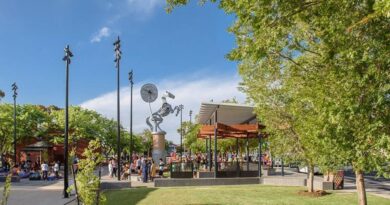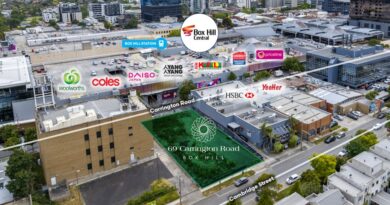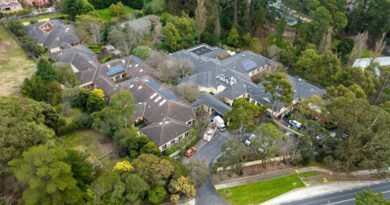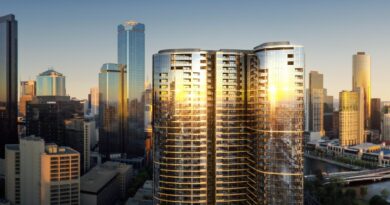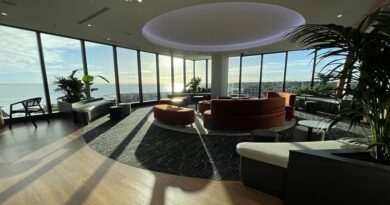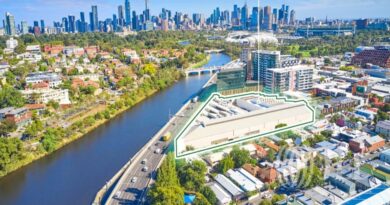Revised Urban Growth Boundary Will Put Values on the Move
The invisible line, which marks where developers will or will not receive planning permits, is likely to be extended as part of a major review of the Melbourne 2030 metropolitan growth strategy announced last month.
When the UGB was introduced in 2002, land values for sites that could be developed boomed while those that could not dropped sharply.
The boom was led by mostly residential developers, who paid a premium for sites, believing they could land bank and market housing projects in stages, without competition, for up to 28 years.
Then, some land values in the western suburbs of Tarneit and Point Cook, as well as in emerging south-eastern suburbs such as Lyndhurst and Sandhurst were reported to have doubled overnight.
But in 2005, when the UGB was extended, and again in 2006, when Delfin Lend Lease proposed Lockerbie, a $4.5 billion development it wanted to build on land outside the UGB in Kalkallo, the relevance of the existing UGB came into question.
Faster than expected population growth, housing affordability issues and resistance to medium and high-density living also became big issues and are cited as reasons the UGB and Melbourne 2030 are being reviewed.
Urbis principal urban designer Frank Hanson said as part of the review, new tracts of land would be released in the shires of Cardinia, Casey, Hume, Melton, Whittlesea and Wyndham. This would boost the supply of zoned land from its low level of between seven and eight years.
Delfin Lend Lease chief operating officer Bryce Moore said the Government’s population and land supply figures confirmed the need for a review of the UGB in several growth corridors.
His company is awaiting approval of a 13,000-unit housing estate, Lockerbie, north of Melbourne, outside the UGB but near existing road, rail and other infrastructure.
The project is being pitched as a green community, and could, on completion, be the size of Shepparton.
Knight Frank director Michael Hede, who has sold sites inside and outside the UGB since Melbourne 2030 was proposed, said the motivation for alteration of the UGB was always the market. He expected the lines of the UGB to change over the next 20 years.
Mr Hede said the response to a 133-hectare development site he was marketing outside the UGB in Greenvale, about 20 kilometres north of Melbourne, was "from all the usual sources". They included corporations, private companies that specialised in ready to develop land and high net-worth individuals who considered land a good investment in turbulent times.
Interstate developers that have identified the Victorian market as cheaper than their own were also prepared to invest in sites outside the UGB, he said.
The Greenvale site is expected to fetch about $10 million, or half what it would be worth if it could be developed.
The Property Council of Australia Victorian division said rezoning land within the UBG for residential development was only part of the solution to Melbourne’s housing affordability crisis.
"The new UGZ (urban growth zone) only factors in 10 years of supply of zoned land," said PCA executive director, Victoria, Jennifer Cunich. "We believe there needs to be at least 15 years’ zoned supply and identification (and) zoning and development of sites for employment so people can work close to home."
The PCA has been lobbying the Government to encourage housing closer to existing infrastructure in Melbourne’s suburbs.

